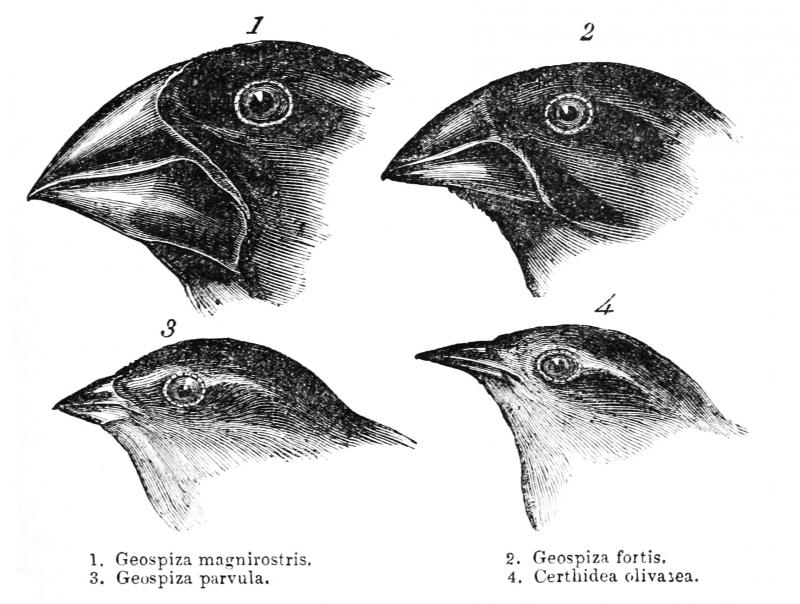We covered genetic drift in Part 1 this morning. Next up in our run-down of evolutionary mechanisms: gene flow and mutation.
Gene flow brings about evolution through the movement of individuals (or at least their genes) in and out of a population. As it happens, gene flow was likely pretty important in human evolution, thanks to some interspecies hanky-panky about 50,000 years ago. When modern human ancestors and Neanderthals exchanged genes, evolution by gene flow occurred. Gene flow among populations happens all the time, especially in highly mobile populations, blending differences and maintaining a kind of equilibrium of traits. In fact, the power of gene flow can really be seen when it is absent. When two populations become isolated, and gene flow stops, each population continues to change, but instead of spreading evenly though populations, the changes accumulate, even to the point that the populations sometimes no longer interbreed and produce fertile offspring, and thus become different species.
Finally, we come to good ol’ fashioned mutation. It’s so basic that it is often overlooked as a mechanism of evolution, but it certainly is one. As soon as a new heritable variation arises in a population, there is a chance for evolution to occur. Where once there were no fish that could produce antifreeze proteins and survive icy Antarctic water, a random mutation produced one. Once there was one, there could be more…and more…and more.
Now, while it’s certainly important to understand that saying evolution is not the same thing as natural selection, what’s more important is to understand that these mechanisms—genetic drift, gene flow, and mutation, and natural selection—interact to produce the incredible macroevolutionary patterns we see today. If you are a high school teacher (this is all a bit beyond the scope for most middle school students), look out for opportunities to point out the interplay between different mechanisms.

The diversity of the Galápagos finches, for example, has clearly resulted from a mix of, at the very least, genetic drift and natural selection. There are many good examples of the combined effect of mutation, gene flow, and natural selection in human evolution, including the geographical distribution of lactose persistence.
With luck, we can up the bar of understanding to prevent mistakes like this one, which appeared in—of all places—the National Research Council’s 2012 Framework for K–12 Science Education: “Evolution, which is continuous and ongoing, occurs when natural selection acts on the genetic variation in a population and changes the distribution of traits in that population…” (page 161). As you know, it really should have been, “…natural selection or genetic drift or gene flow or mutation…
Although perhaps not intended to be limiting, the omission resulted in the Next Generation Science Standards, which were based upon this framework, giving short shrift indeed to the other mechanisms. The NGSS’s high school performance expectation HS-LS4-2, reads,
Construct an explanation based on evidence that the process of evolution primarily results from four factors: (1) the potential for a species to increase in number, (2) the heritable genetic variation of individuals in a species due to mutation and sexual reproduction, (3) competition for limited resources, and (4) the proliferation of those organisms that are better able to survive and reproduce in the environment.…[Assessment Boundary: Assessment does not include other mechanisms of evolution, such as genetic drift, gene flow through migration, and co-evolution.]
Those four factors are describing natural selection. So skip over that “primarily” (which is definitely arguable), and what are you left with? Evolution = natural selection.
Sigh.

